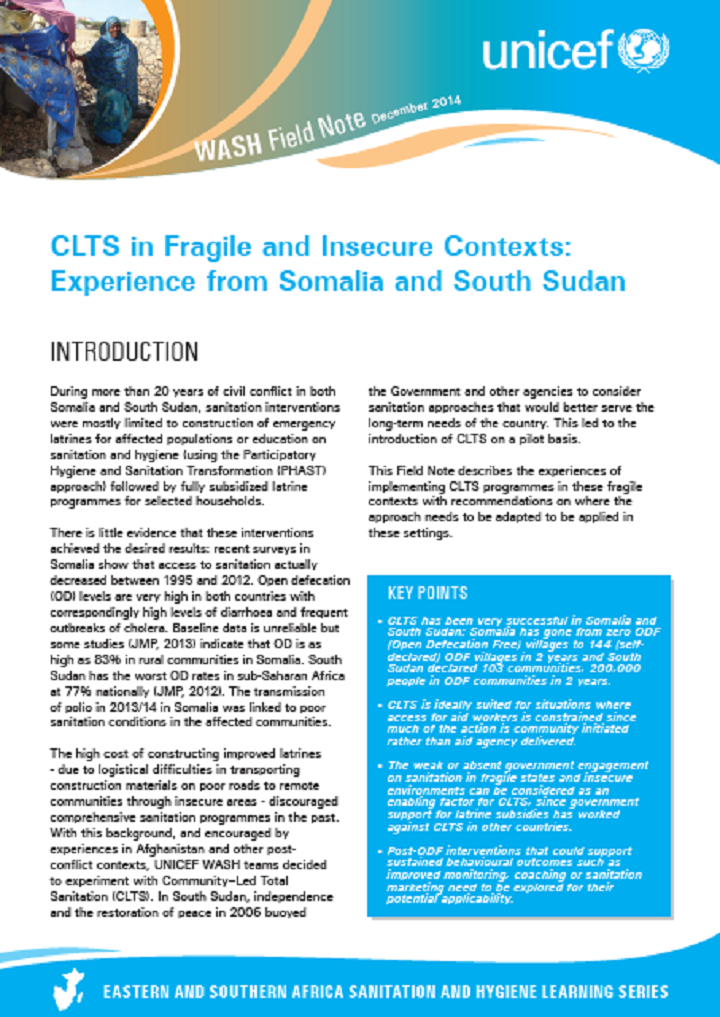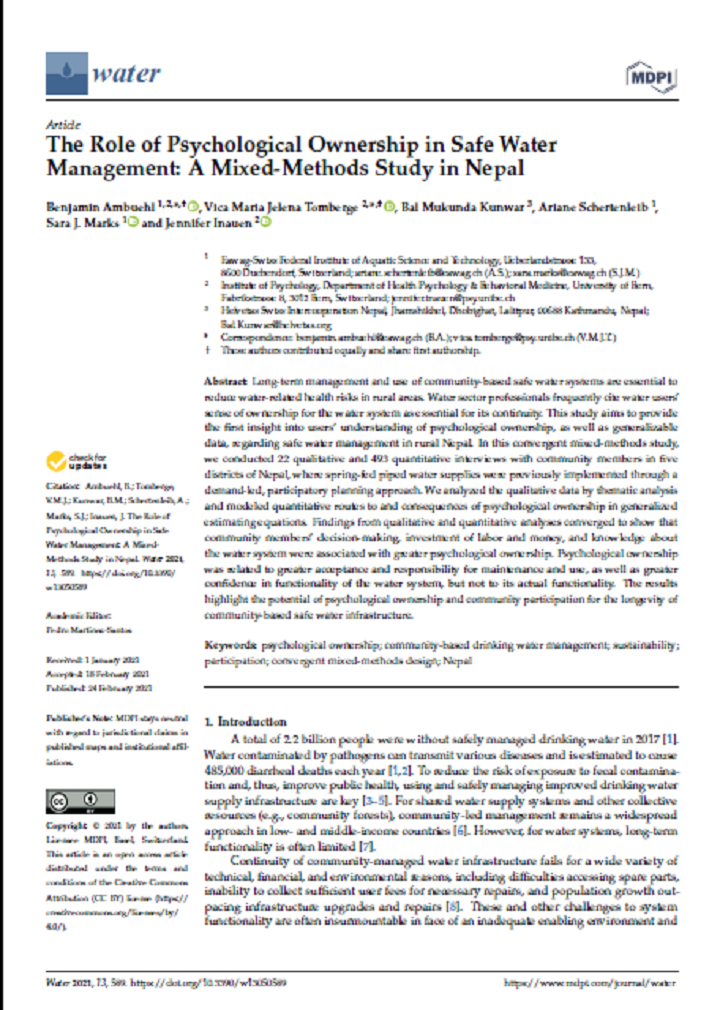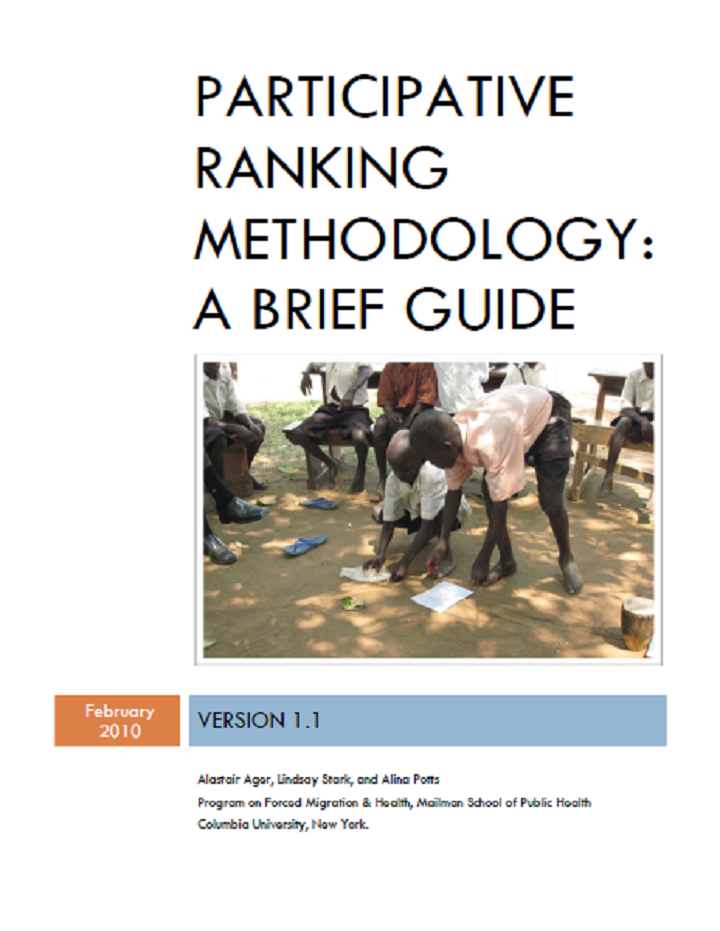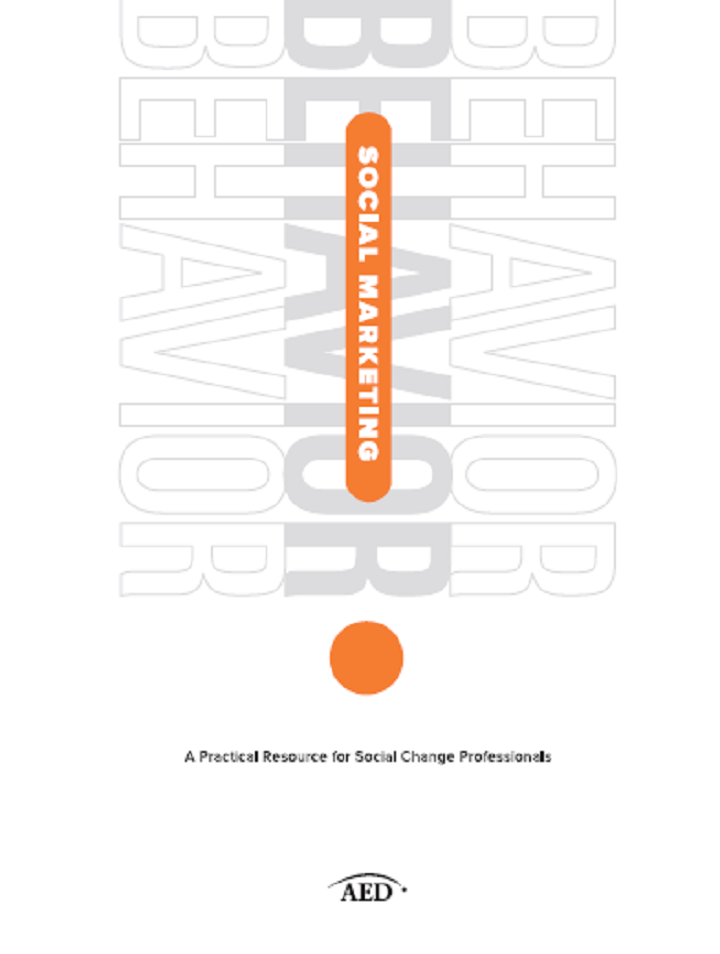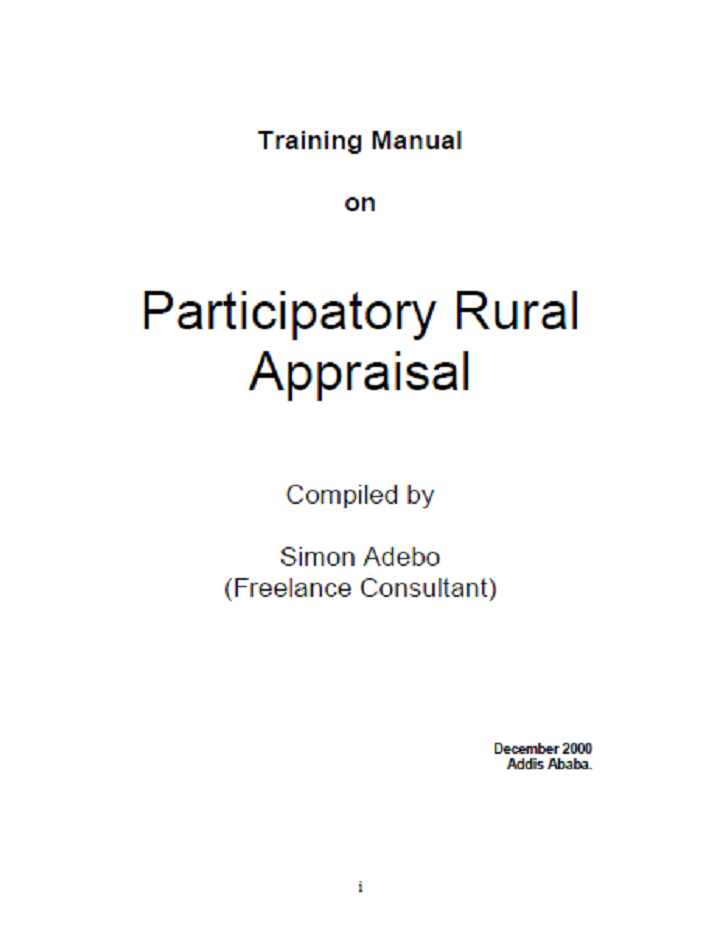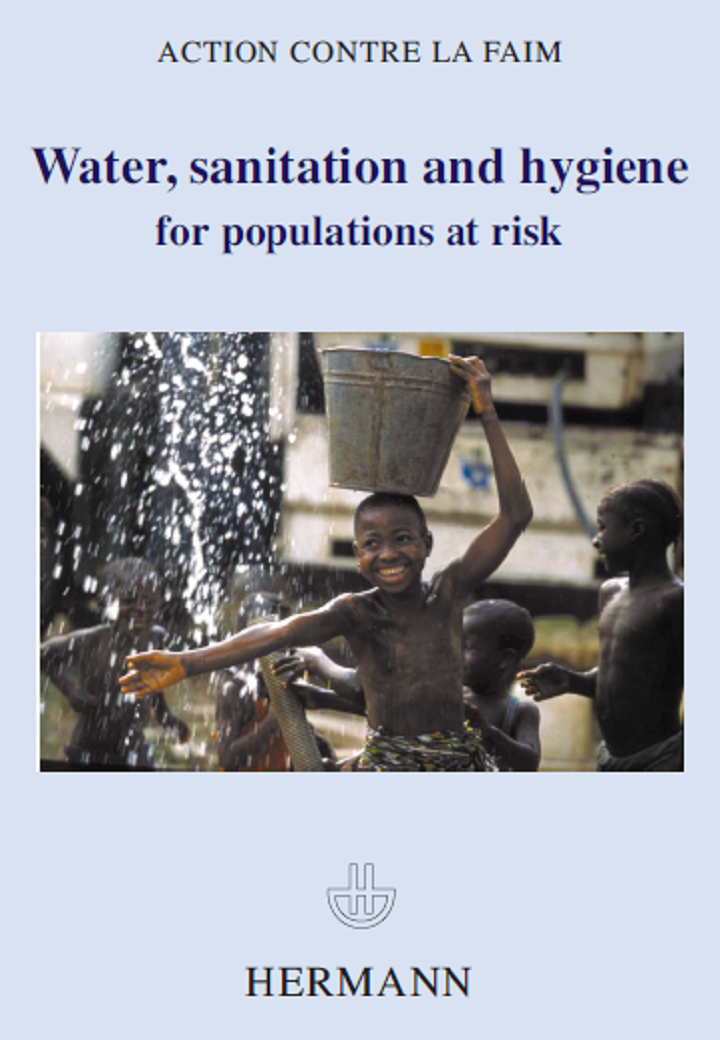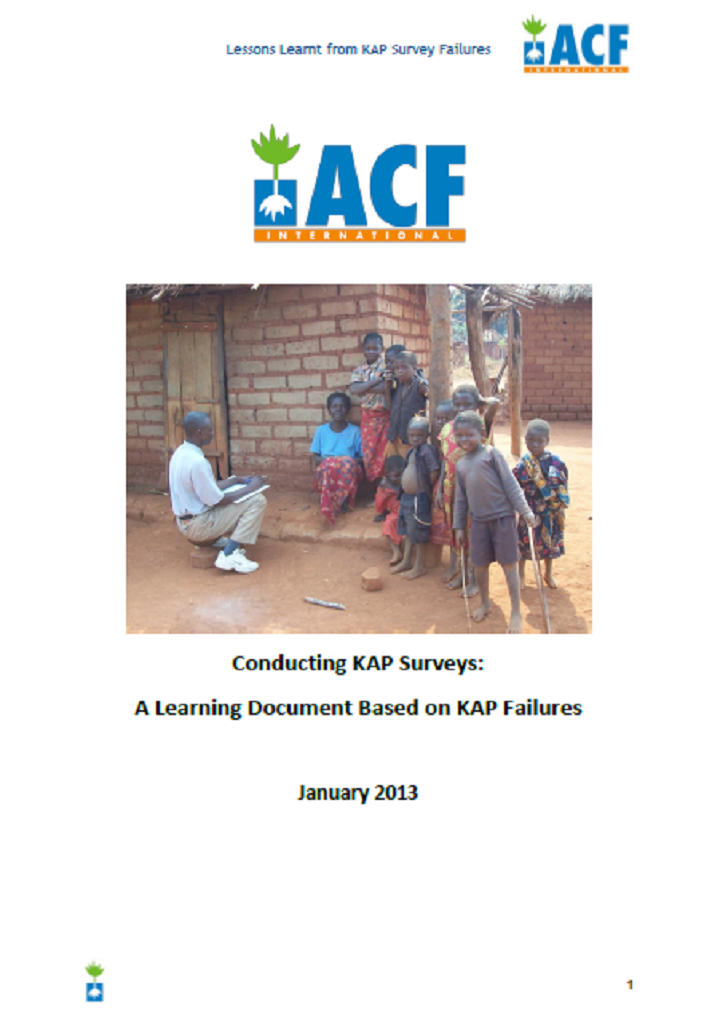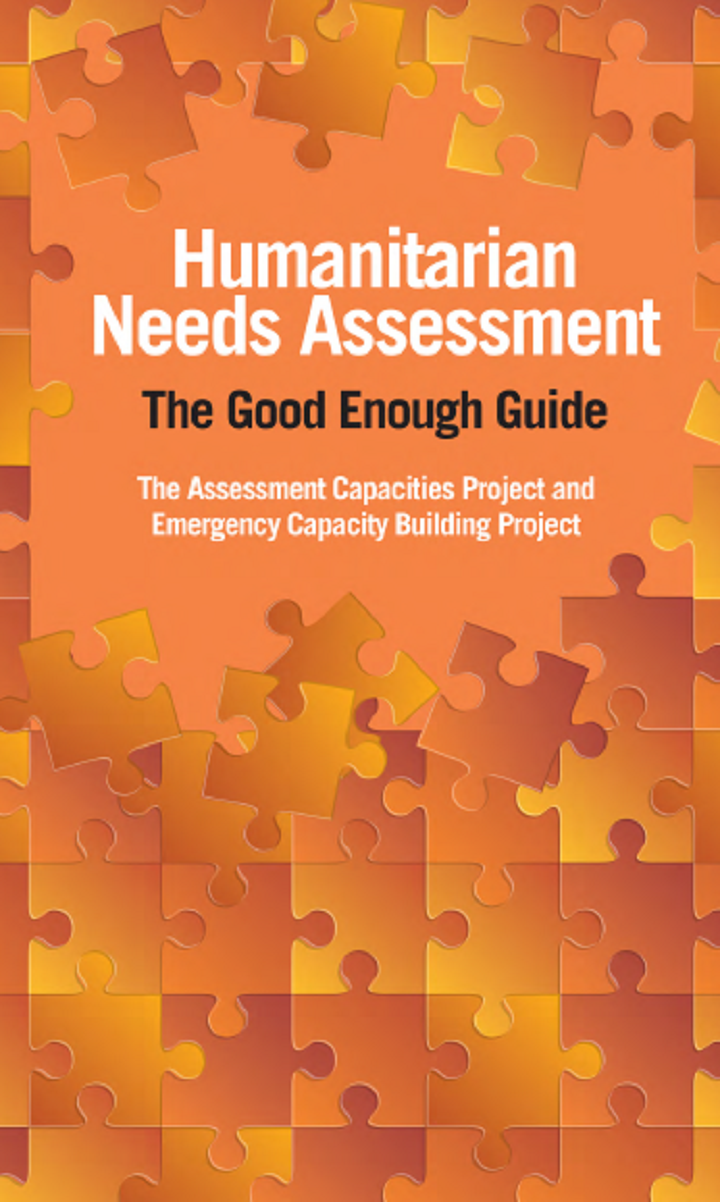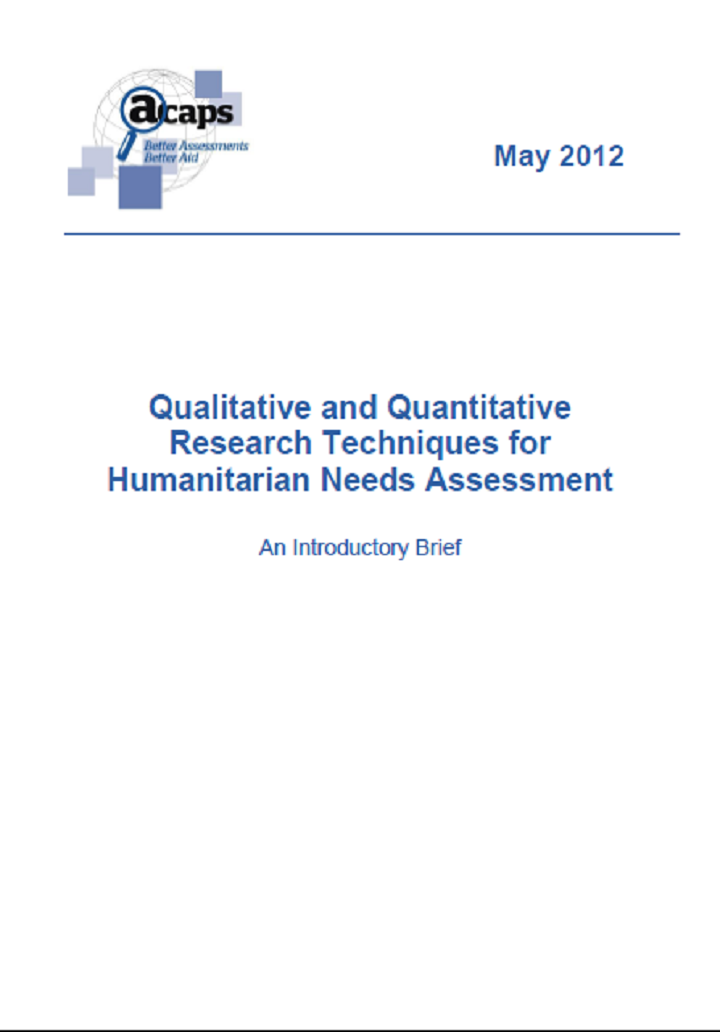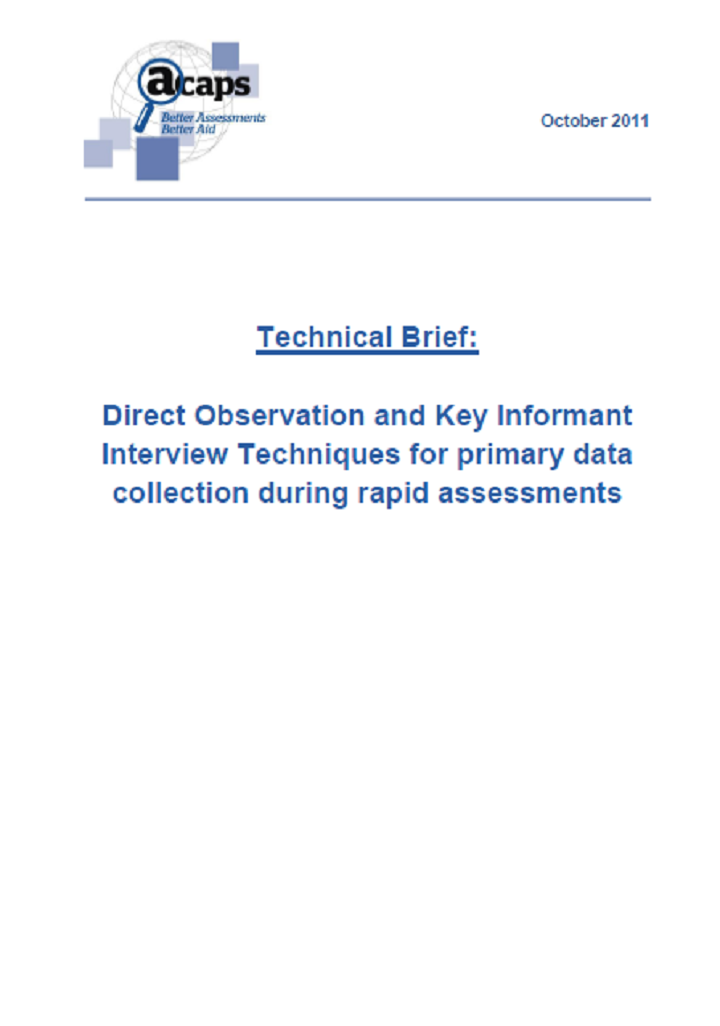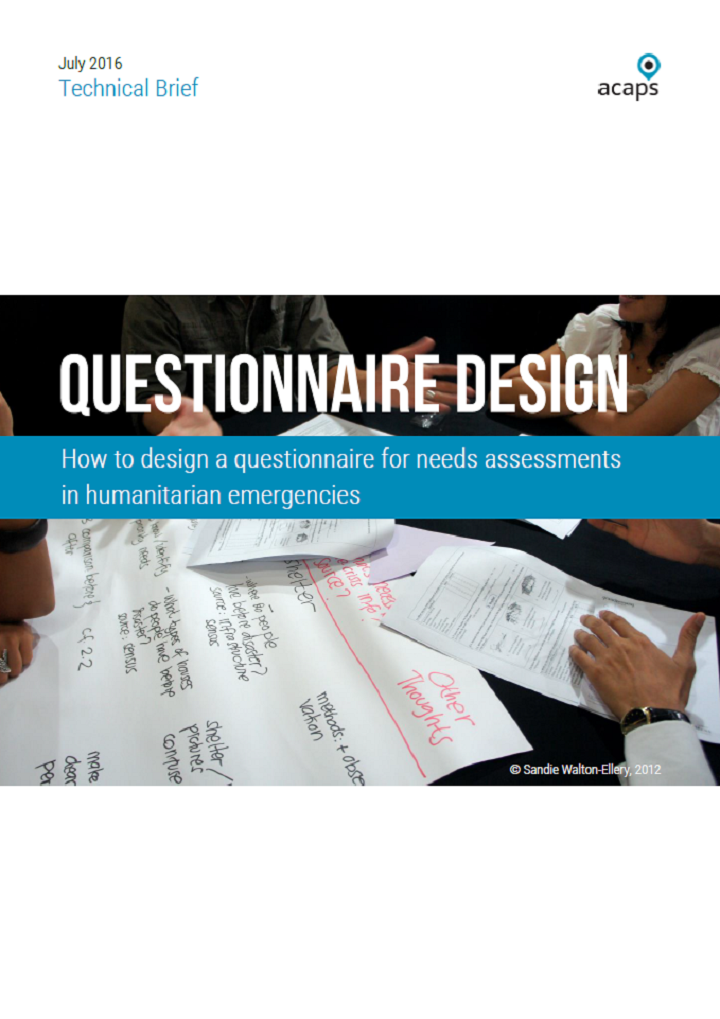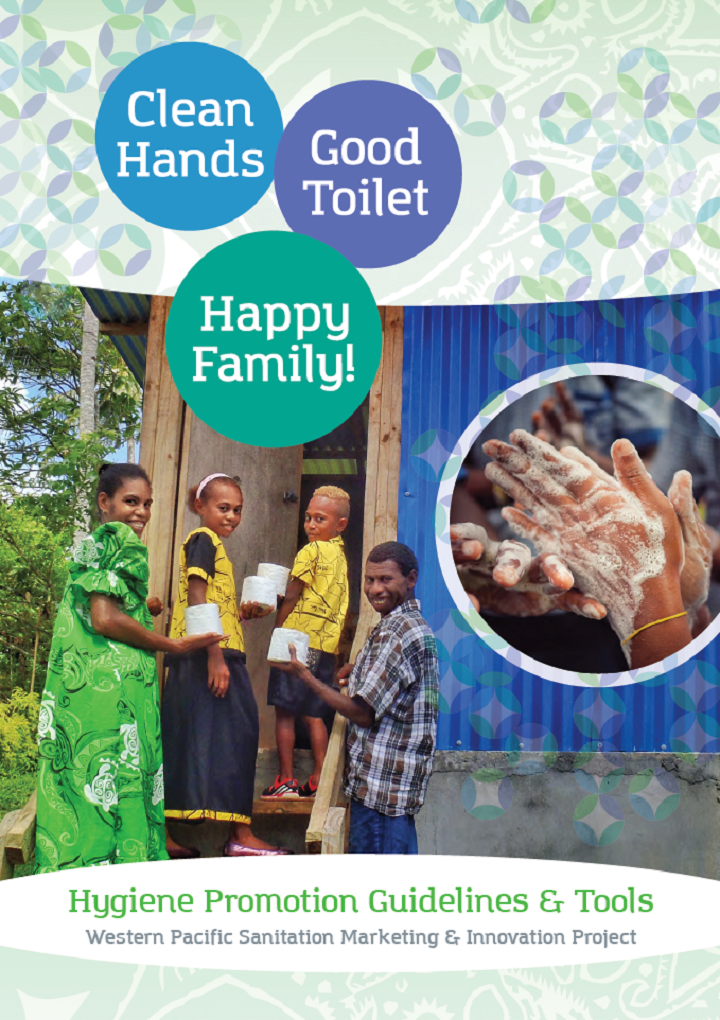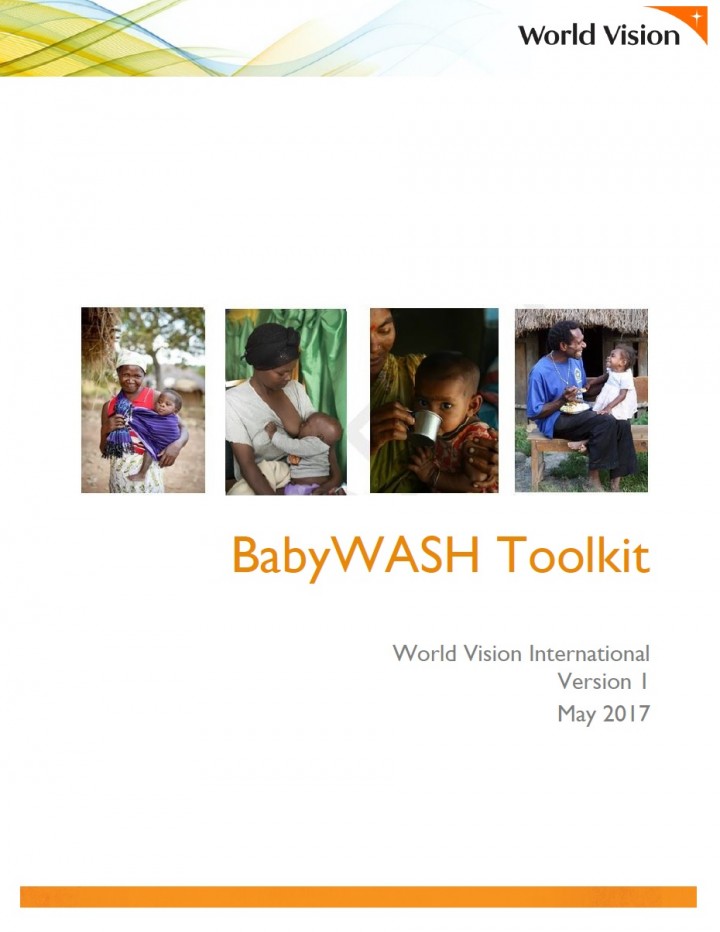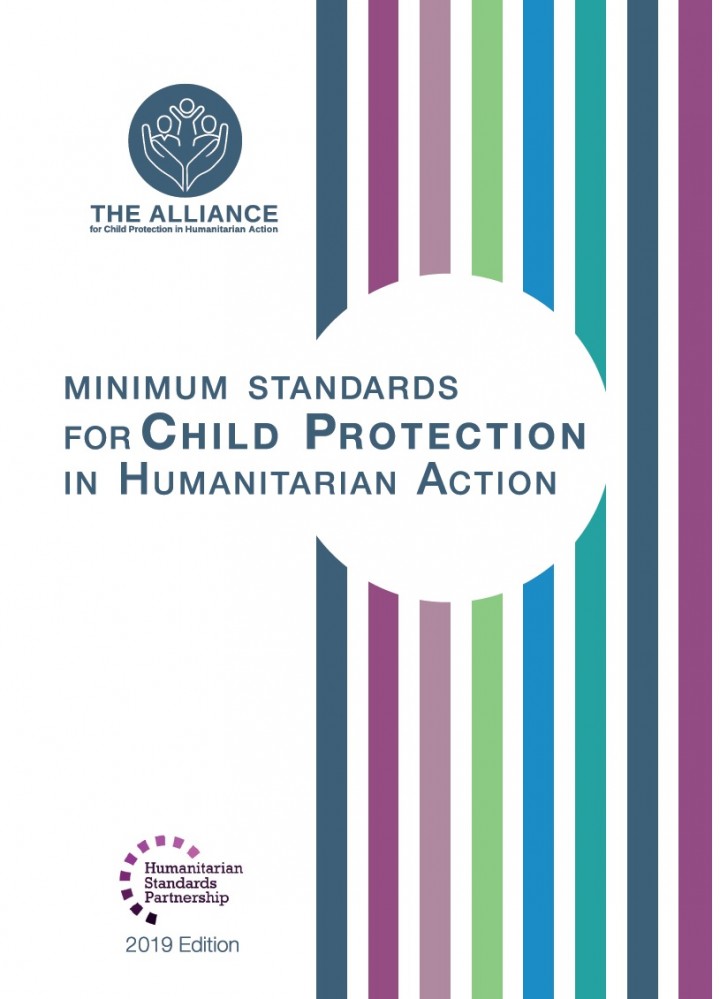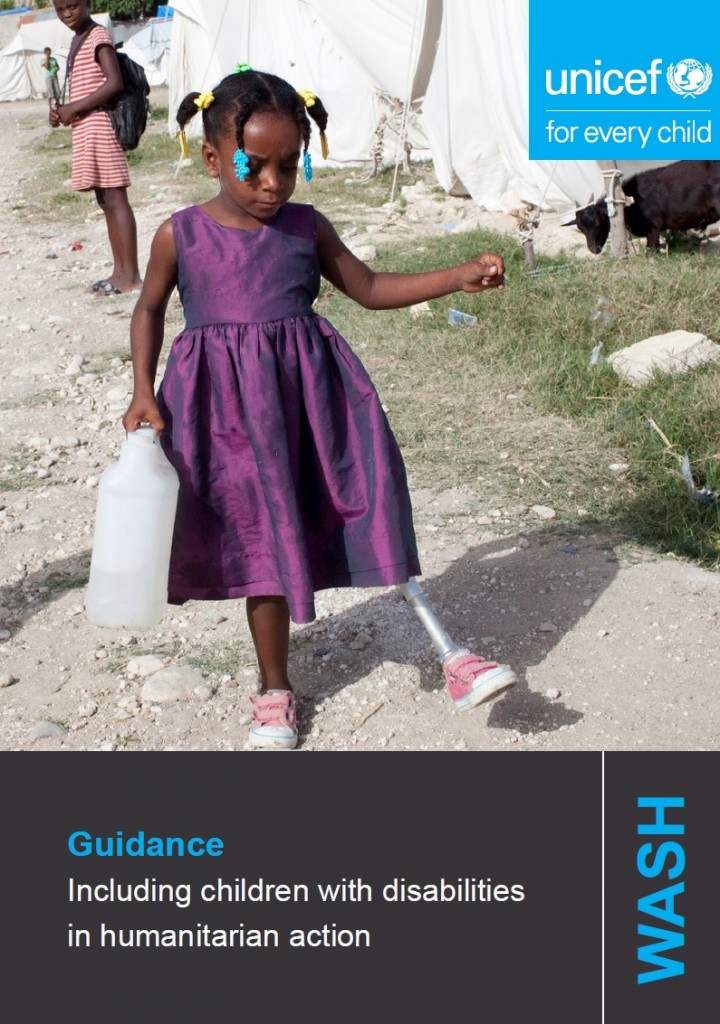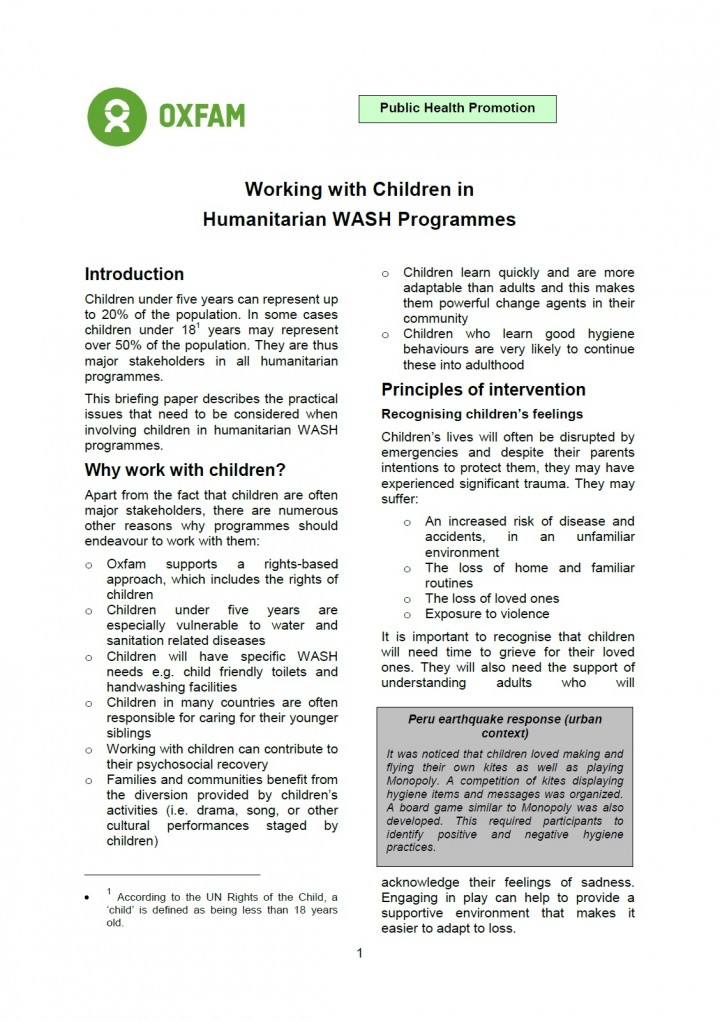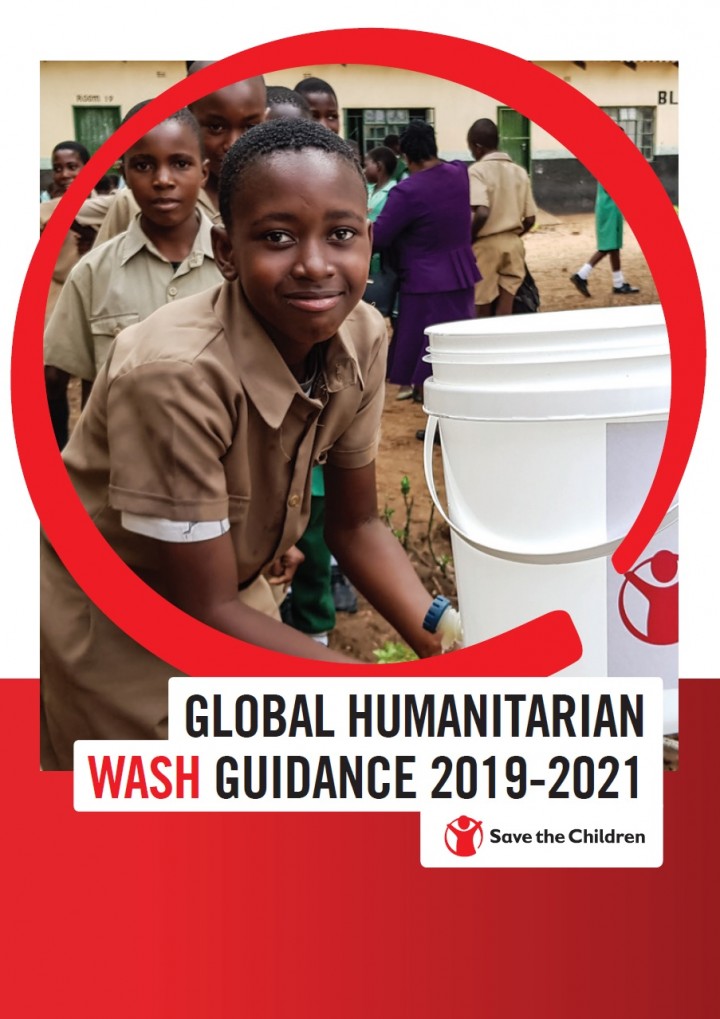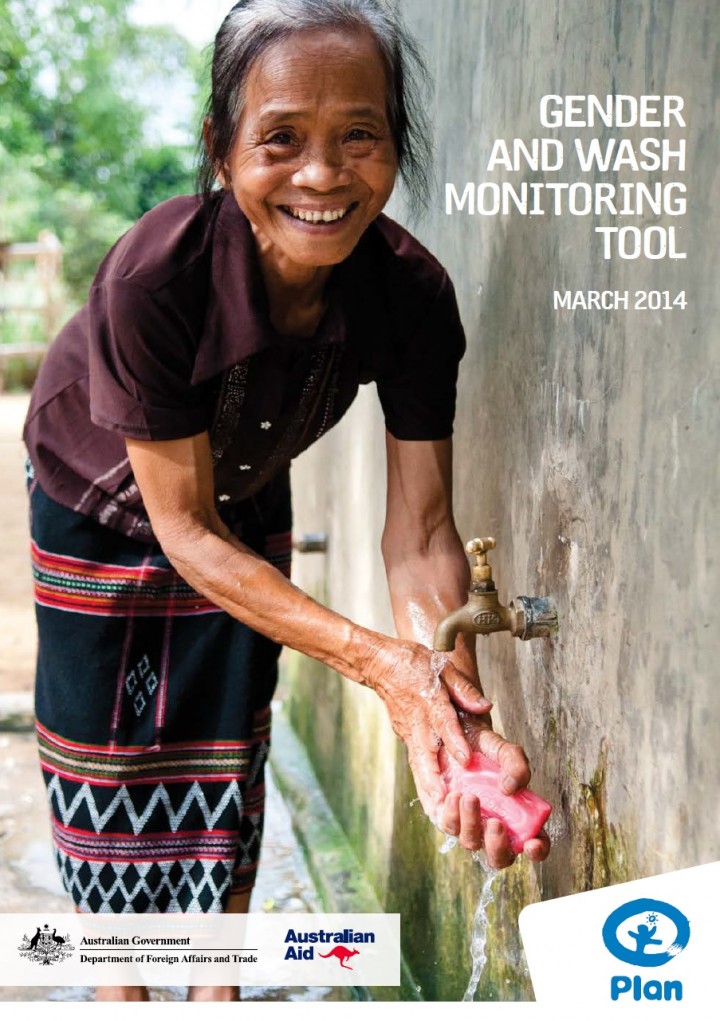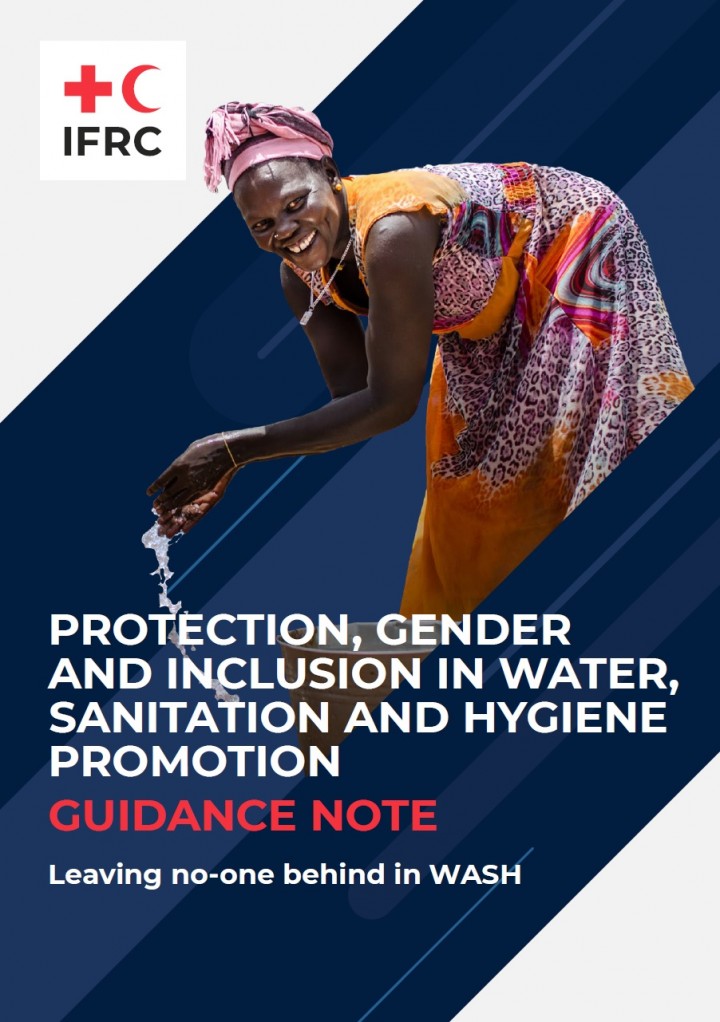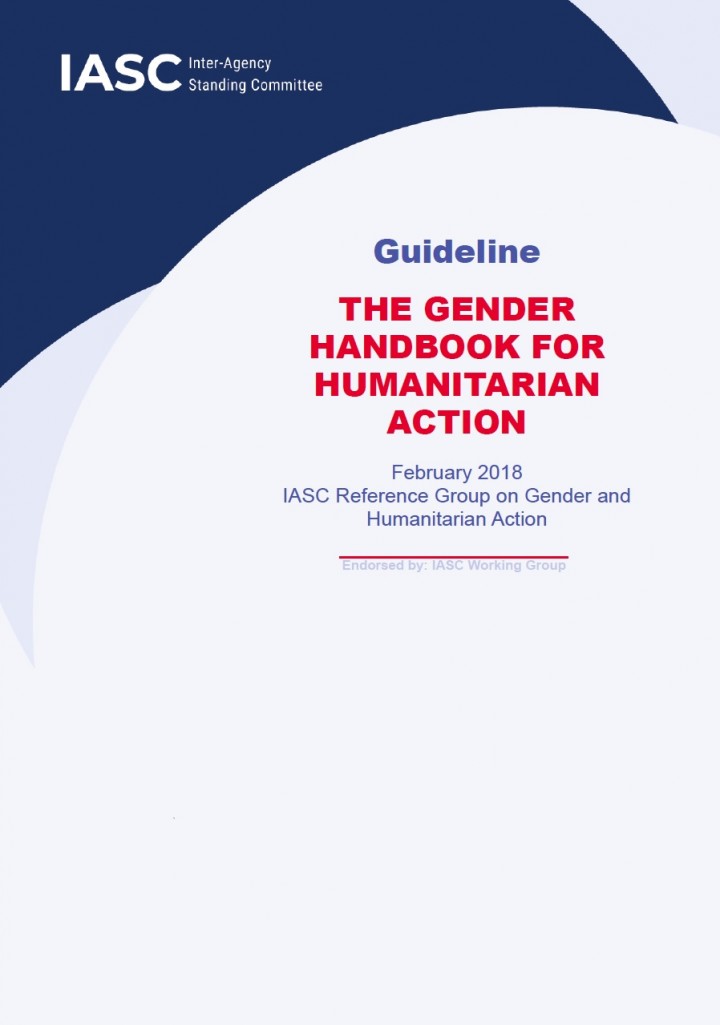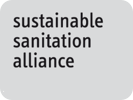Balfour, N., Otieno, P., Mutai, C., Thomas, A. (2014) CLTS in Fragile and Insecure Contexts: Experience from Somalia and South Sudan
During more than 20 years of civil conflict in both Somalia and South Sudan, sanitation interventions were mostly limited to construction of emergency latrines for affected populations or education on sanitation and hygiene, using the Participatory Hygiene and Sanitation Transformation (PHAST) approach, followed by fully subsidised latrine programmes for selected households. There is little evidence that these interventions achieved the desired results: recent surveys in Somalia […]
Ambuehl B., Tomberge, V.M.J., Kunwar, B.M., Schertenleib, A., Marks, S.J., Inauen, J. (2021) The Role of Psychological Ownership in Safe Water Management: A Mixed- Methods Study in Nepal
Long-term management and use of community-based safe water systems are essential to reduce water-related health risks in rural areas. Water sector professionals frequently cite water users’ sense of ownership for the water system as essential for its continuity. This study aims to provide the first insight into users’ understanding of psychological ownership, as well as generalizable data, regarding safe water management in rural Nepal. In […]
Ager, A., Stark, S., Potts, A. (2010) Participative Ranking Methodology: A Brief Guide: Version 1.1.
This document describes the participative ranking methodology, a development of the participatory rapid appraisal ranking method. Participative ranking is a mixed-methods approach to data collection, in which a group of knowledgeable participants are guided in generating responses to a specific question or set of questions. It draws on both quantitative and qualitative methodologies to generate rich, contextualised data that can nonetheless be counted, ranked, and […]
Smith, W.A., Strand, J. (2008) Social Marketing Behavior: A Practical Resource for Social Change Professionals
Adebo, S. (2000) Training Manual on Participatory Rural Appraisal
The PLA/PRA approach is used with the following assumptions: 1. Rural communities form active foundation for rural development 2. Communities need committed local leaders to stir up their development 3. Communities have knowledge and information but it needs to be organized 4. Communities have resources but they need to be mobilized. They can introduce projects, acting primarily on their own resources. 5. Community organizations are among the many, which are […]
Currion, P. (2014) Humanitarian Needs Assessment. The Good Enough Guide
Needs assessment is essential for programme planning, monitoring and evaluation, and accountability, however needs assessment is still a critical weakness of humanitarian response. Organizations urgently need to improve how they do assessments. ACAPS and the Emergency Capacity Building Project (ECB) have produced this guide to fill the gap that existed for a practical resource that pulls together the main lessons learned from various humanitarian initiatives […]
ACAPS (2012) Qualitative and Quantitative Research Techniques for Humanitarian Needs Assessment. An Introductory Brief
Collection, collation, analysis, and synthesis of qualitative and quantitative information, gathered and analysed using appropriate sources, tools, and methods is the cornerstone of rapid needs assessments that allows decision makers to plan a timely, appropriate, and coordinated emergency response.
ACAPS (2016) Questionnaire Design. How to Design a Questionnaire for Needs Assessments in Humanitarian Emergencies
There is no shortage of questionnaires used during emergencies that are too long, overly complex or unable to generate useful responses. The art of developing an effective questionnaire is the topic of master degrees and doctorates. The questionnaire is a critical tool in humanitarian response and requires time, resources and a detailed understanding of the context, factors which are all in short supply during an […]
Abel, M. (2017) Clean Hands, Good Toilet, Happy Family! Hygiene Promotion Guidelines and Tools. Western Pacific Sanitation Marketing and Innovation Project
It feels good to be clean. It feels good to live in a beautiful environment. It feels good not to get sick. Influencing health behaviour change seems like it should be simple. Present the logical evidence (information) for why changing a behaviour is worthwhile (washing hands kills germs) and the need for change should be obvious. But logic isn’t the only basis for making decisions […]
World Vision (2017) Baby WASH Toolkit Version I
BabyWASH at World Vision is an initiative which aims to improve the integration of water, sanitation and hygiene (WASH) interventions with maternal, newborn and child health (MNCH), nutrition and early childhood development (ECD), to enable a more profound impact on child health outcomes in the first 1,000 days of life. The initiative was developed due to a recognised gap in the integration in these sectors […]
The Alliance for Child Protection in Humanitarian Action (2020) Minimum Standards for Child Protection in Humanitarian Action
The Minimum Standards for Child Protection in Humanitarian Action (CPMS) have become one of the key resources for humanitarian workers since its launch in 2012. The CPMS have been developed to support child protection work in humanitarian settings by: Establishing common principles between those working in child protection; Strengthening coordination between humanitarian actors; Improving the quality of child protection programming and its impact on children; […]
UNICEF (2017) Including Children with Disabilities in Humanitarian Action
The purpose of Including Children with Disabilities in Humanitarian Action is to strengthen the inclusion of children and women with disabilities, and their families, in emergency preparedness, response and early recovery, and recovery and reconstruction. This series of booklets provides insight into the situation of children with disabilities in humanitarian contexts, highlights the ways in which they are excluded from humanitarian action, and offers practical […]
OXFAM (0) Working with Children in Humanitarian WASH Programmes Public Health Promotion. Technical Briefing Paper
Children under five years can represent up to 20% of the population. In some cases children under 18 years may represent over 50% of the population. They are thus major stakeholders in all humanitarian programmes. This briefing describes the practical issues that need to be considered when involving children in humanitarian WASH programmes.
Save the Children UK (2019) Global Humanitarian WASH Guidance 2019-2021
Our vision is a world in which every child affected by an emergency wherever she/he is – at home or displaced; in schools; and in health institutions – has the right and access to safe water supply and adequate sanitation facilities and is enabled to perform basic hygiene. This operational guidance outlines the role Humanitarian WASH will play within Save the Children 2019-2021 strategy. The contribution […]
Plan International Australia (2014) Gender and WASH Monitoring Tool
Plan International Australia (Plan Australia) would like to share the Gender and WASH Monitoring Tool (GWMT). Promoting gender equality demands significant attention in every WASH intervention as gender relations are integral to the effectiveness and sustainability of WASH. The literature suggests that measuring change in the context of gender relations presents ongoing challenges for monitoring and evaluation (M&E). Plan has taken the opportunity to develop […]
IFRC (2021) Protection, Gender and Inclusion in Water, Sanitation and Hygiene Promotion Leaving no-one behind in WASH
This guidance note provides an overview of key protection, gender and inclusion (PGI) issues and practicalities to consider when assessing, designing, implementing and monitoring both long-term and humanitarian WASH programmes. It supports the practical application of the IFRC Minimum Standards for Protection, Gender and Inclusion in Emergencies by providing guidance to promote people’s dignity, access, participation and safety (DAPS) in WASH programmes.
IASC (2018) The Gender Handbook for Humanitarian Action
Humanitarian action provides life-saving services and facilitates recovery for communities affected by armed conflict, natural disasters and other complex emergencies. The responsibility of humanitarian actors to promote gender equality is supported by a normative framework validated by extensive field experience. This handbook sets out the rationale for integrating gender equality into humanitarian action and provides practical guidance for doing so across sectors. The main objective is […]
